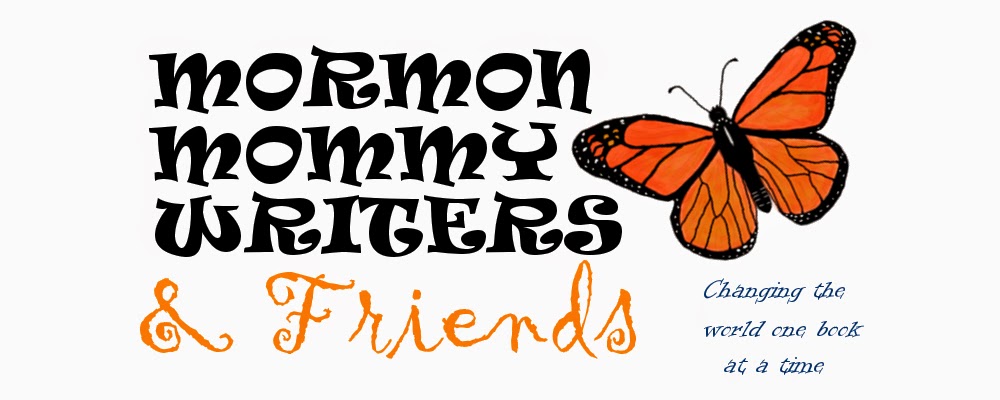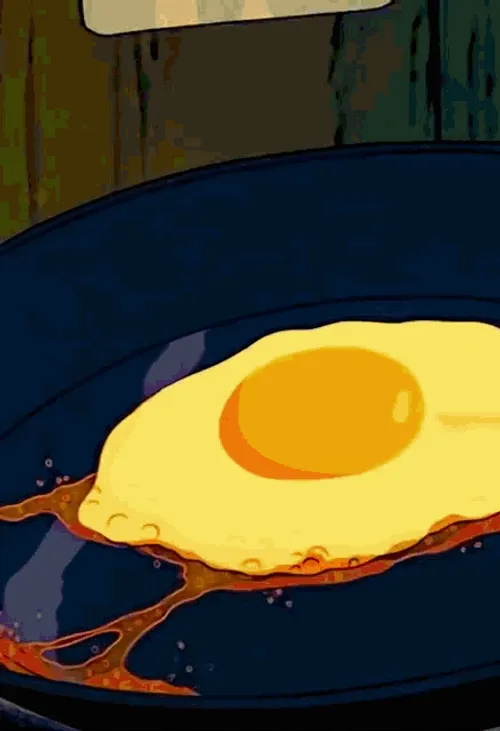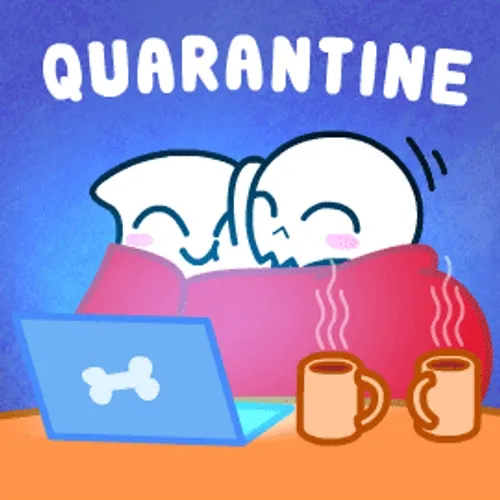- a post by Jeanna Mason Stay
I have never been super fashionable. I have this memory from
sixth grade of a tropical melon-neon shirt, a neon green headband, and
something else neon (a bracelet maybe?). These matched, of course, because—neon!
Some girl near me at school was looking at me weird. Finally she whispered, “I
was just looking to see if you had neon socks too.” Translation: “You are the
most hideous eyesore to ever cross the threshold of this school.”
Then there were the awesome buns (like Princess Leia, only
much much higher on my head), the too-small faded t-shirt from elementary school
I wore in junior high (at least I was wearing it “ironically”), and the candy
necklace choker that I wore for waaay too long (gross, yes).
And probably we shouldn’t even mention the time I wore the
canvas shoes with mismatched neon (!) shoelaces with a floral skirt . . . to a debate tournament.
In other words, fashion and I are not close friends.

Enter Stitch Fix.
I started hearing about it from various bloggers. I looked
it up, thought about it, and spent months wavering back and forth, until
finally my hubby just bought me three months of “Fixes” for my birthday.
If you’re not familiar with Stitch Fix, it’s a service where
you enter a bunch of info about yourself, pay a $20 styling fee, and have a box
of five items of clothing sent to you in the mail. If you like them, you pay
for them (minus the styling fee). If not, you send them back. The clothing
comes with a couple of suggestions on how to wear it and a note from the
stylist who put together your box.
I’ve had two of my three Fixes so far, and it has been
really fun. Of the ten items I received, I have kept three, and I seriously
debated several more. Here is my opinion of the pros and cons.
Pros:
Someone else, far
more stylish than I am, is coming up with clothing for me. I have tried on
several items from my Fixes that I’ve seen in stores before and thought, “No
way would that work on me.” And I was wrong. Example #1: One of those swishy
cardigans that are longer and kind of hang down in the front (see how
fashionable I am? I’m sure they have a name). I loved it, kept it, and have
worn it a ton. Example #2: Boyfriend jeans. Seriously, I have hips, people, not like a boyfriend. But they sent me maternity
boyfriend jeans that I really liked. I almost kept them, but they were
“distressed” (AKA already holey), and I just couldn’t convince myself to spend
so much money on them. Plus, the first thing my 8yo daughter said when she saw
them was, “I could patch that for you!” But in general, Stitch Fix is
broadening my fashion horizons.
I don’t have to shop.
This is related to the above pro and the below one, but it bears mentioning
separately. I’m not the one trying to find these clothes! YAY! Also, I think
the stylist is magical because even the clothing I didn’t like still fit me
pretty well overall. This does not happen to me in real life.
Super duper easy. I
was leery at first that it wouldn’t be as easy as it sounds. But it is. The box
comes straight to your house, and it includes a return mailer that is already
paid for. So when you drop it off, you
don’t have to wait in line at the post office. I have three small children;
waiting in line at the post office, even though my kids are not
crazy-bouncing-off-the-walls, is still horrible. But I want to cry with the
easiness of Stitch Fix returns. Tears of happy, happy joy.
Cons:
I feel bad about
saying, “No.” I realize this is ridiculous, but I know that somewhere out
there is a stylist who chose these items, and I want to make her happy that she
chose well. So I want to buy things even if I don’t absolutely love them. Like
I said, ridiculous. Also, I feel kind of silly about saying that something is
too expensive for me because, if we’re being honest, I prefer dirt cheap. But
I’ve never managed dirt cheap and stylish at the same time. So this is really
my problem, maybe, not Stitch Fix’s.
Prices. When you
sign up, you can pick what price ranges you’re comfortable with for various
items. For example, you could choose “The cheaper the better” for jewelry and
“$100-150” for dresses, etc. I decided to blend realistic and idealistic in my
price ranges, because if I was being completely honest, I would have answered
“The cheaper the better” for everything. And I really wanted to experience
Stitch Fix without being completely constrained by my distaste for spending
money on clothes (I am still wearing t-shirts I bought when I was pregnant with
my first child, nine years ago; they were cheap then and they are just plain
old and icky now). So yes, the cardigan cost something like $50. And the super
warm, super comfy leggings I’ve been wearing under my skirts for the cold
weather were around there too, and also the shirt I just kept. The boyfriend
jeans I didn’t keep were $88. Had they been $30 or $40, I might have overlooked
the distressed style, but at $88, I just couldn’t. So my “price” con comes with
a caveat—I don’t know what my boxes would look like if I just said, “The
cheaper the better” on everything. I might actually try that, we’ll see. In the
meantime, however, the clothes have been a higher quality overall than I
normally buy as well, so the price tag makes a little more sense. Oh! I should
also mention that if you keep all five items in a box, there’s a 20% discount.
Hmm . . . I’m sure there are some other cons, but I can’t
think of them. My experience so far has been pretty great. I was concerned that
they wouldn’t be good about respecting my coverage desires (you know, sleeves,
longer skirts, etc.), but they have been awesome about it so far. You can also
write notes explaining to your stylist what you are looking for, and I think
the magical Samantha (the woman who styled my first two boxes) has done a
fabulous job of listening.
I feel weird writing a blog post about fashion, but I think
this service is cool. Sure, I wish it were cheaper, but nothing’s perfect.
Also, currently they only style certain sizes (up to size 14ish, I think, and
also maternity), so it won’t work for everyone.
So if you are still reading and you decide you want to give
this service a try, it would be really really
really nice of you if you do it from this link
here.
Because if you do, I get a referral bonus to spend on
clothes from my next Fix. Which would definitely be a win for me, right? And
then you can tell all your friends and get bonuses for referring them. So it
would just make the world a happier, and more fashionable, place.
My next hope is that someone comes up with a version of
Stitch Fix for slovenly stay-at-home moms who would rather spend less than $100
on their wardrobes for the entire decade. But maybe that’s too much to ask.
Oh, and maybe they should throw in a candy necklace!















